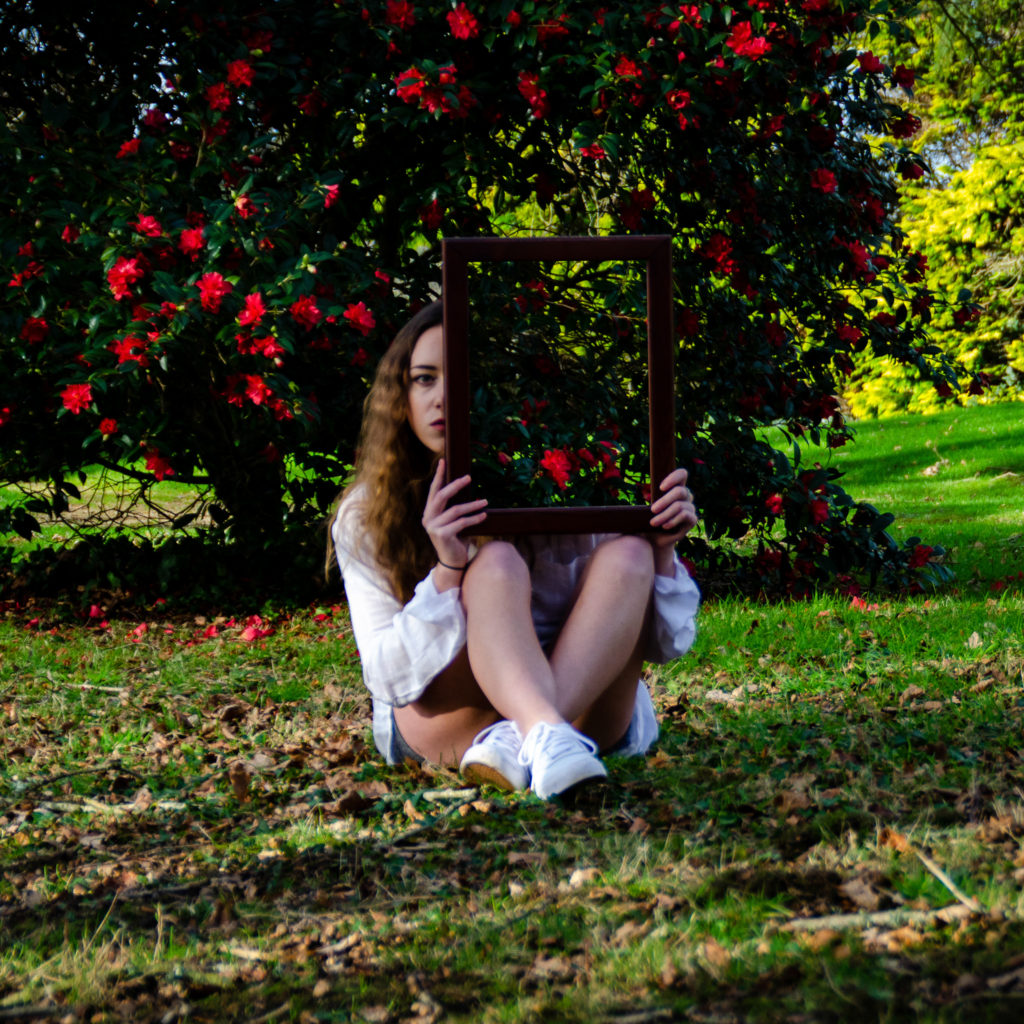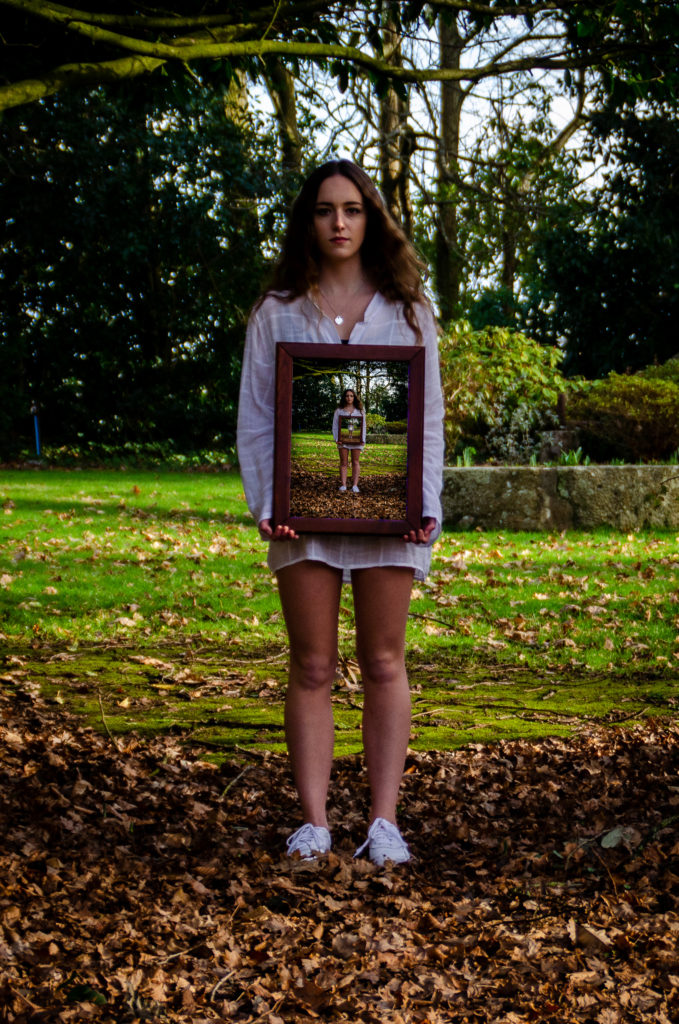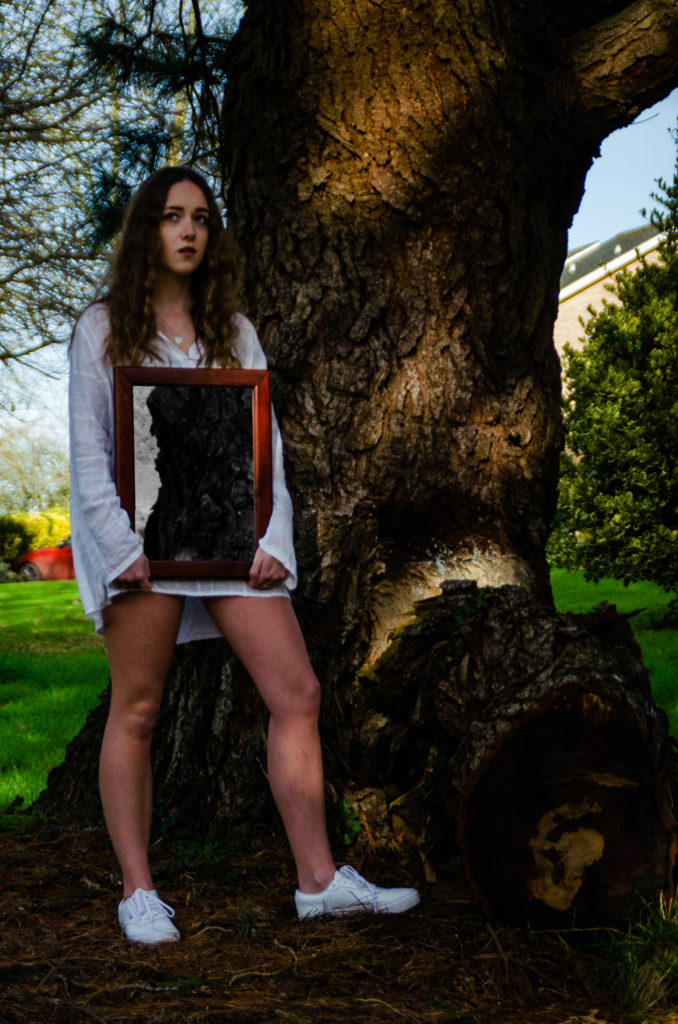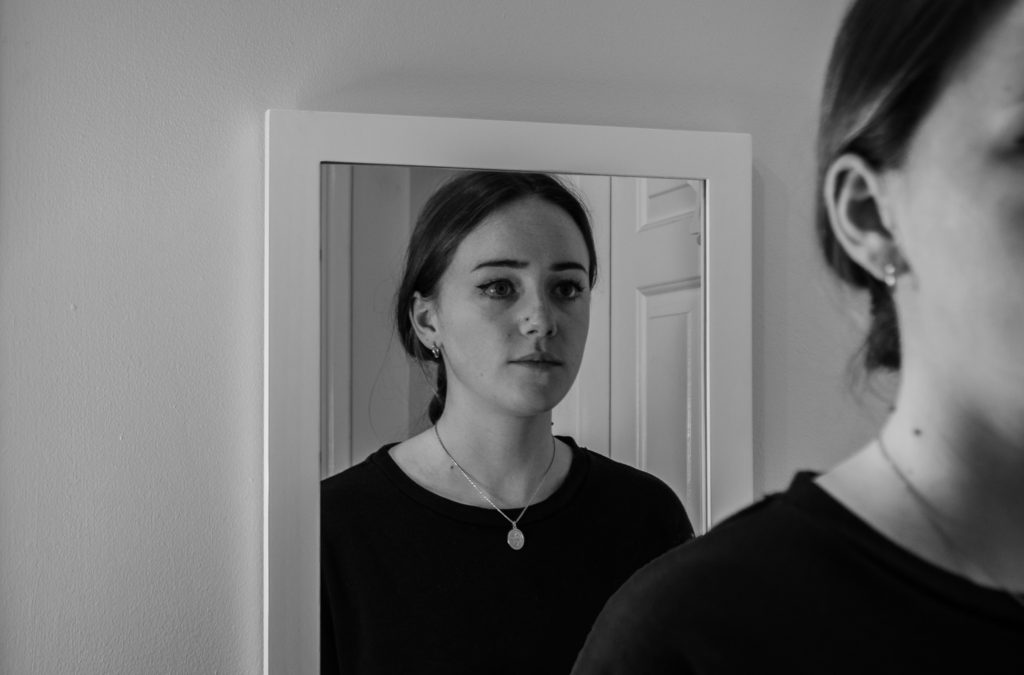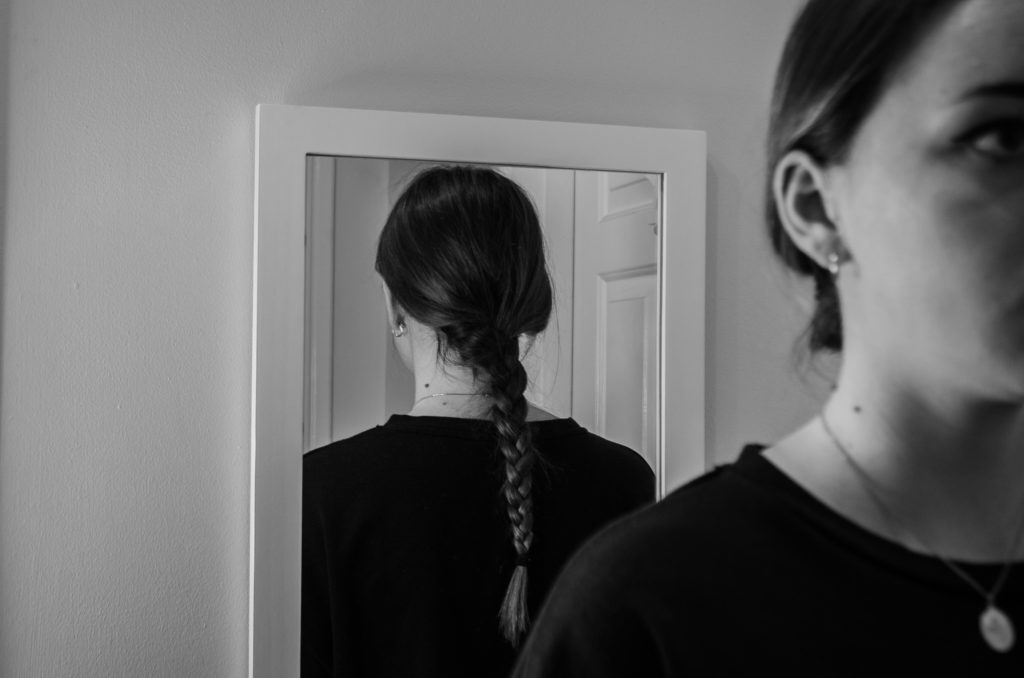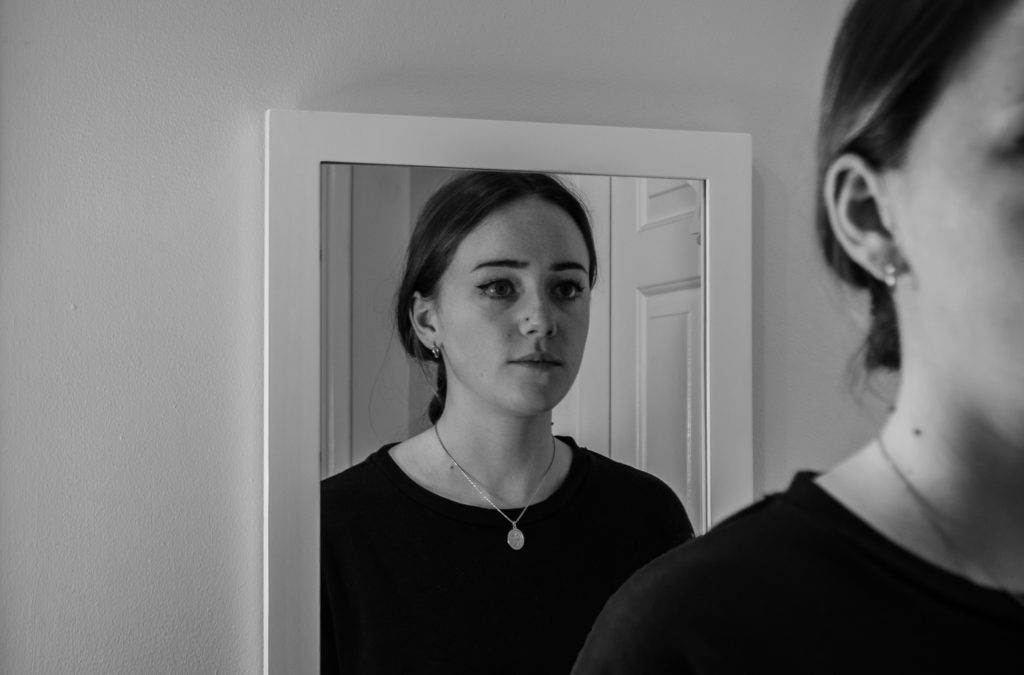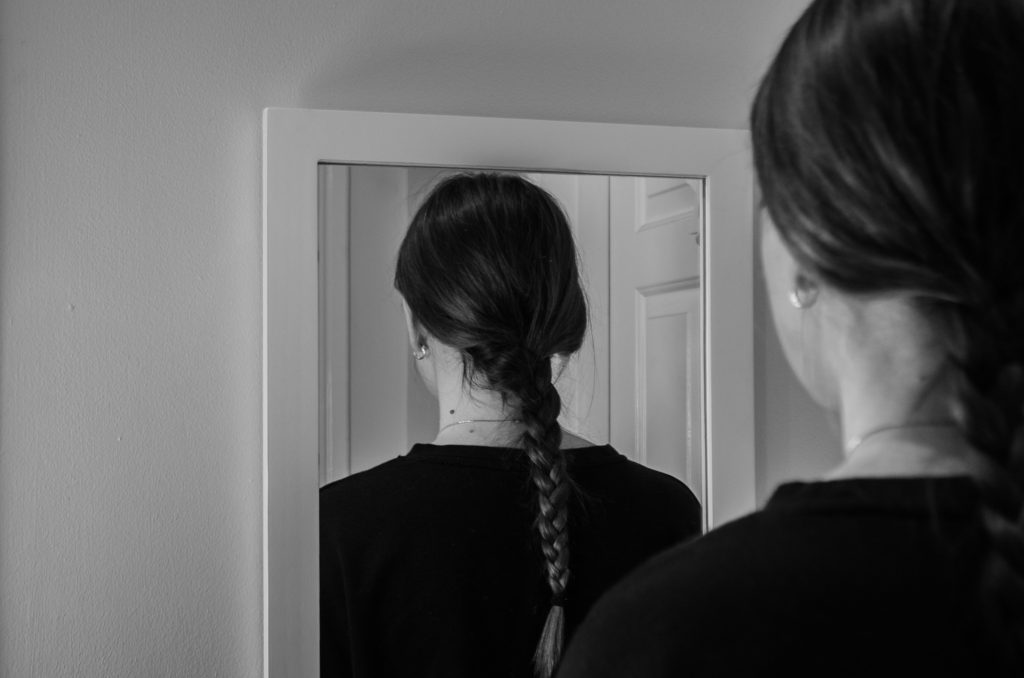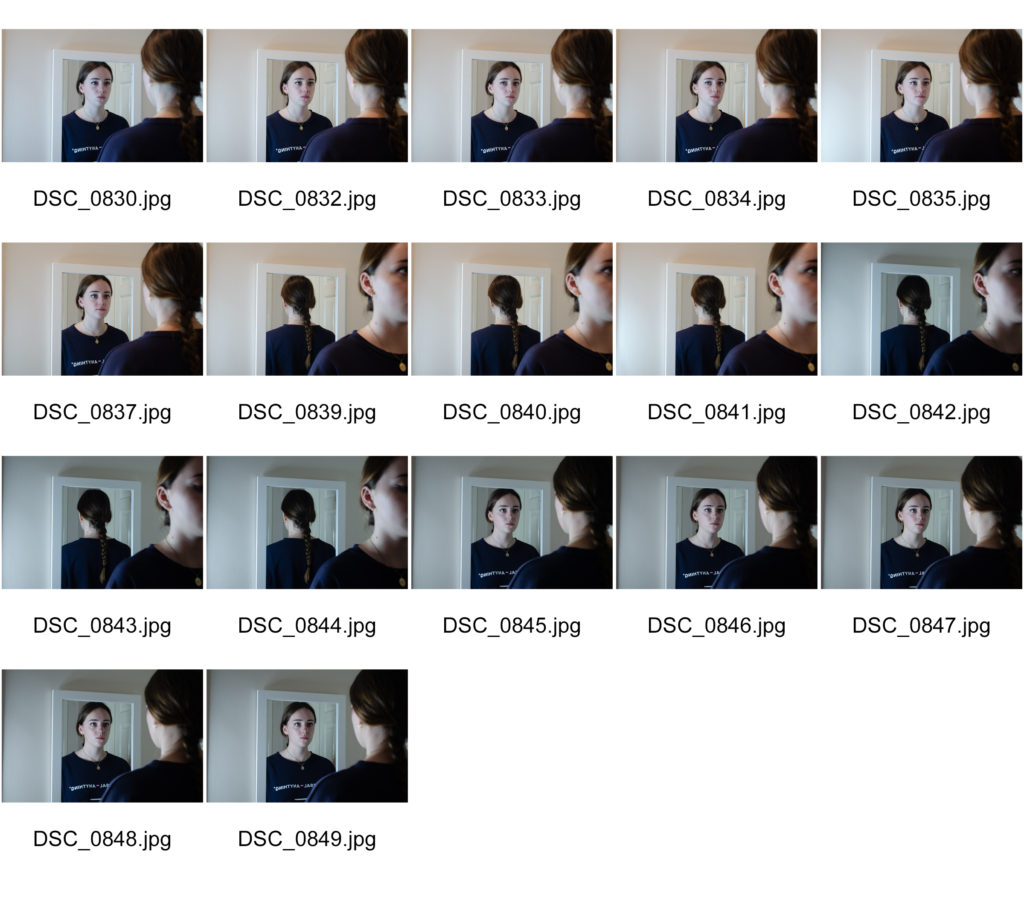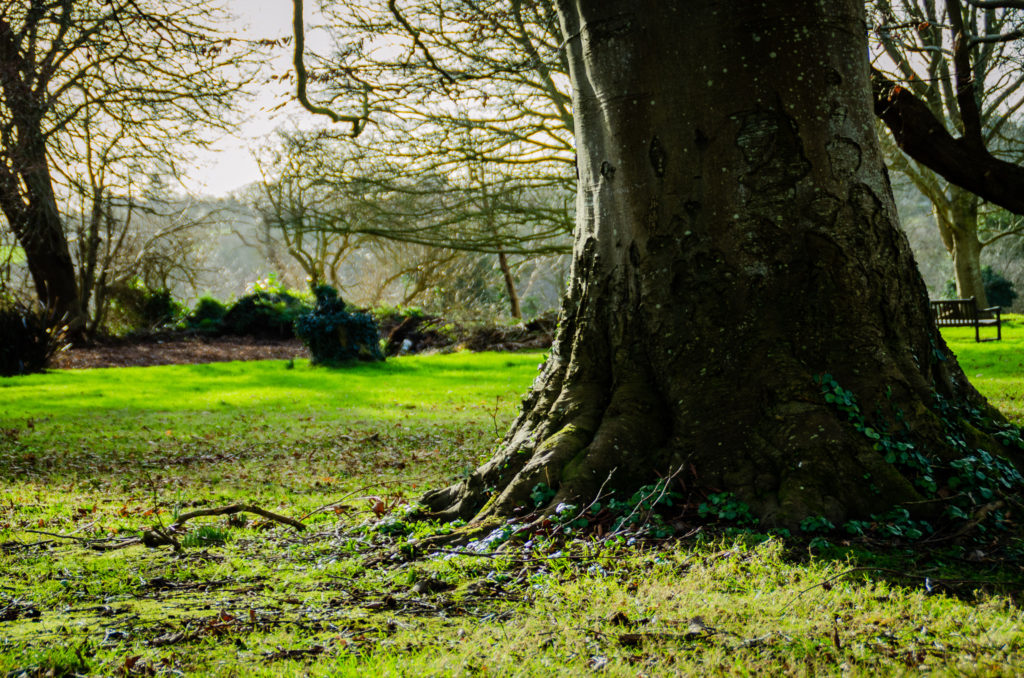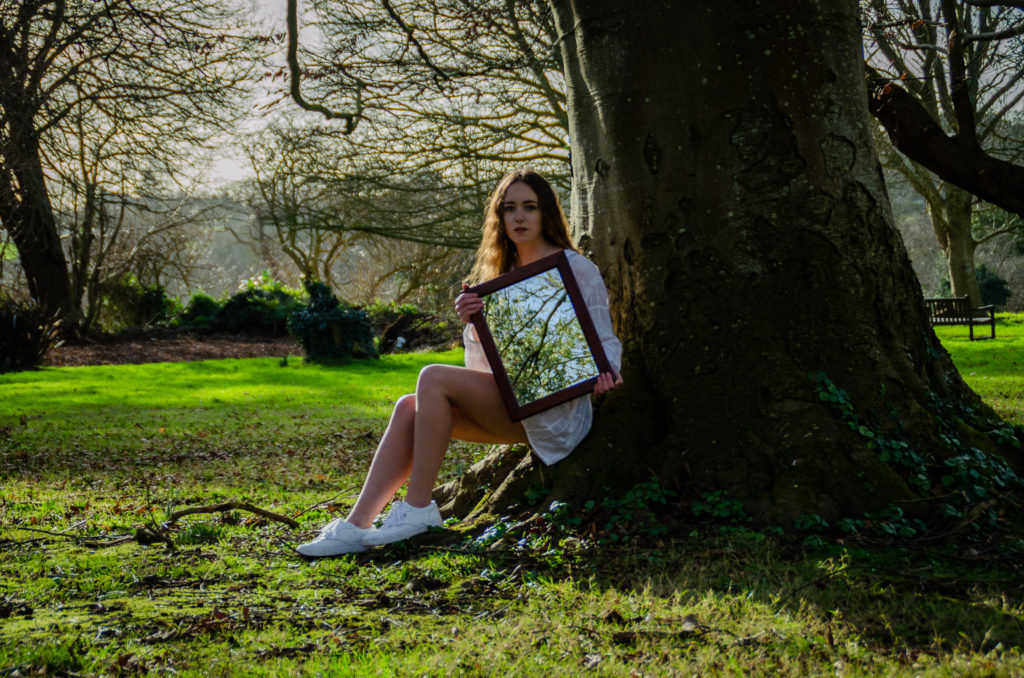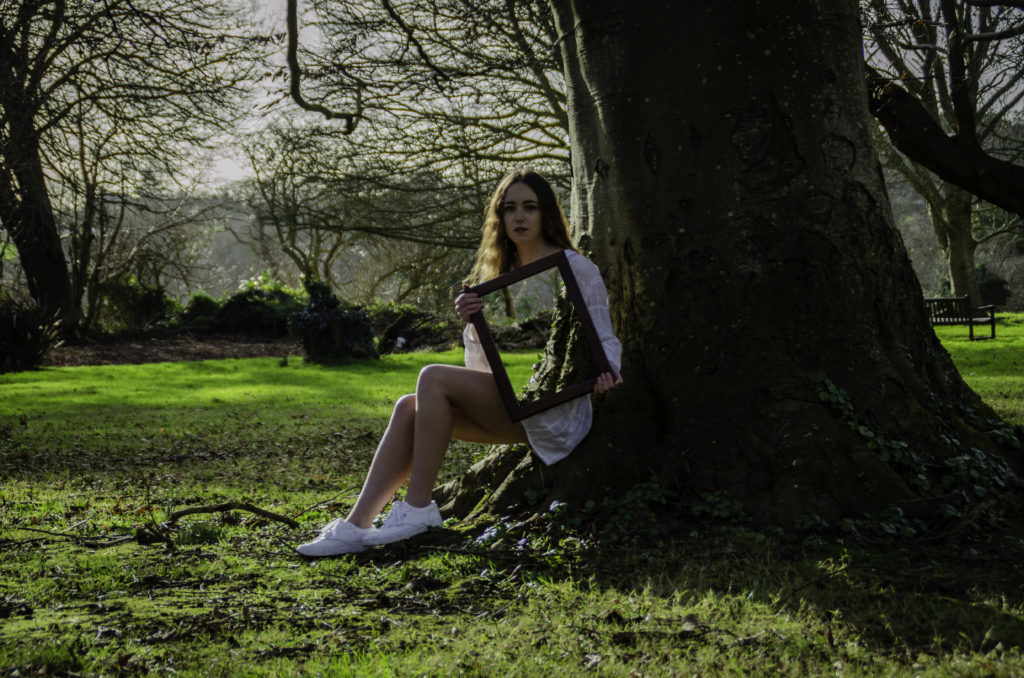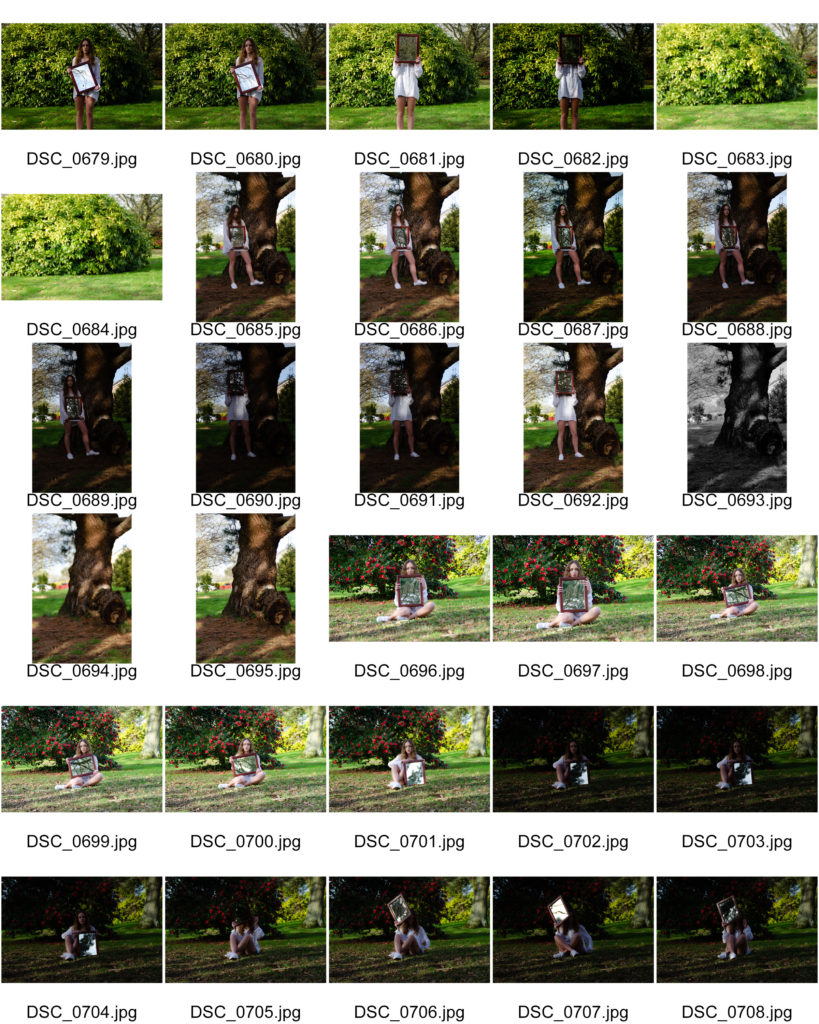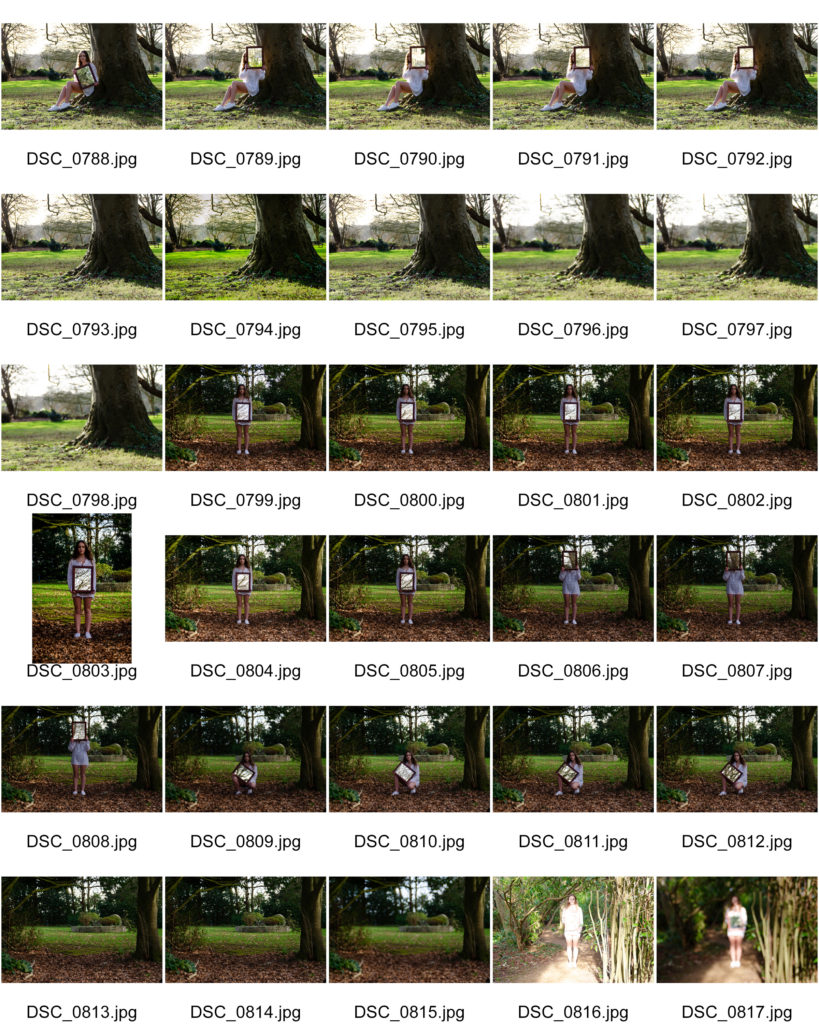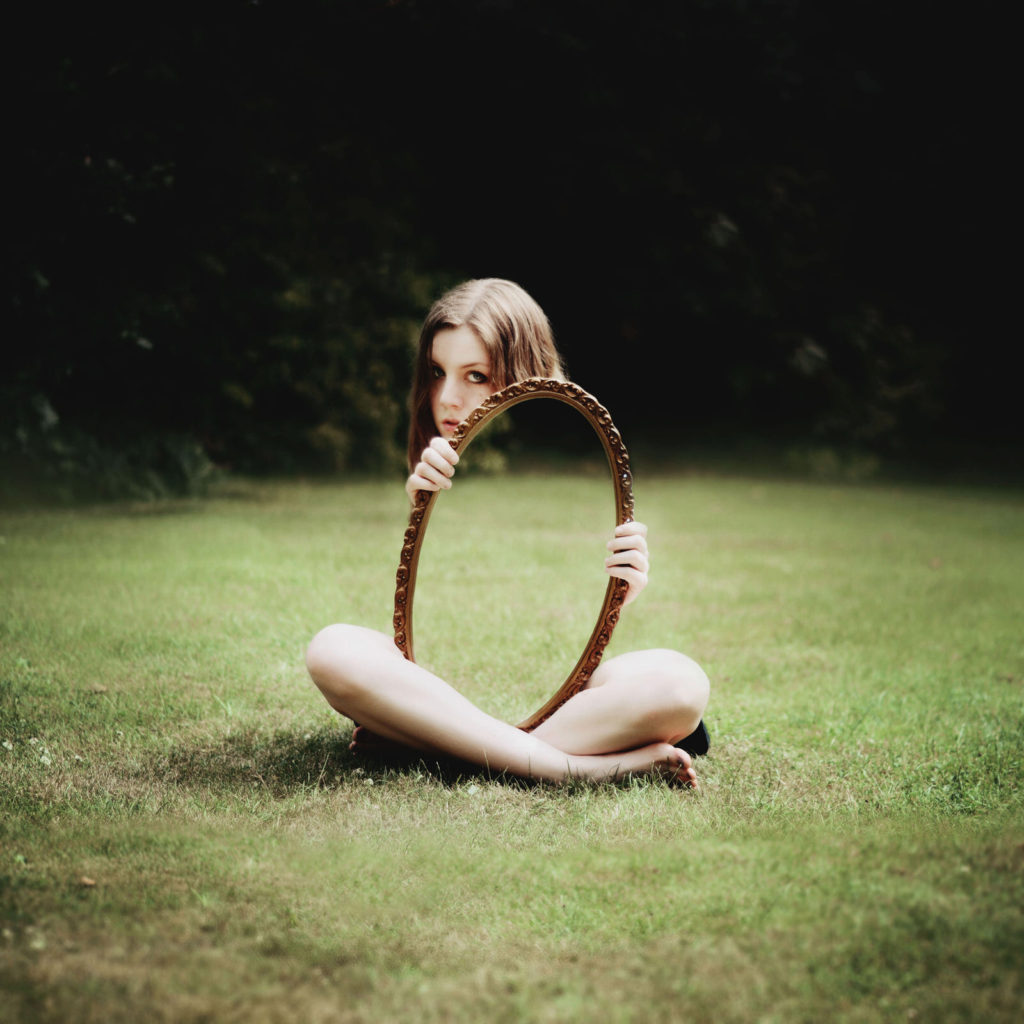Virtual Gallery
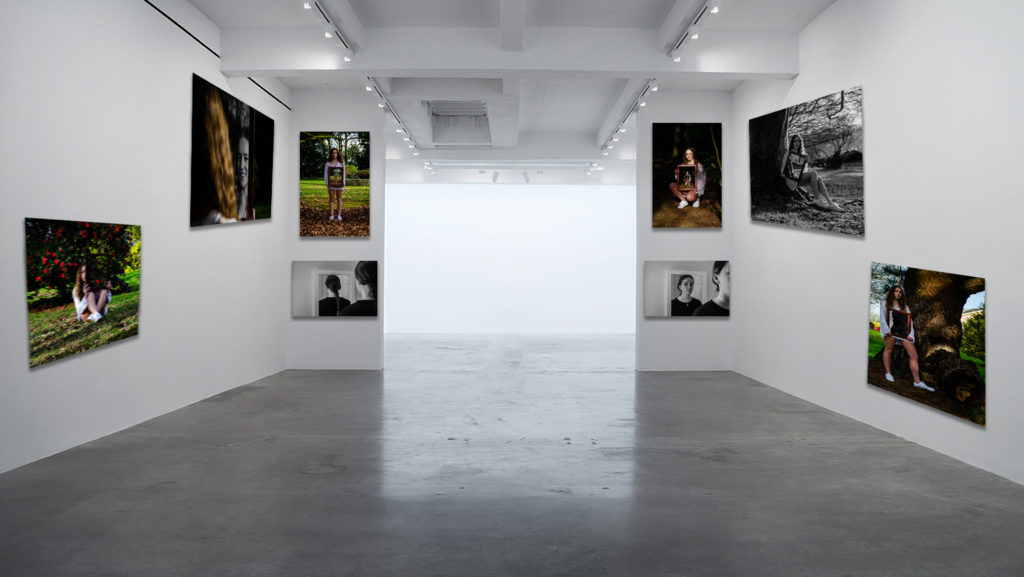
Final Images
Links to Laura Williams
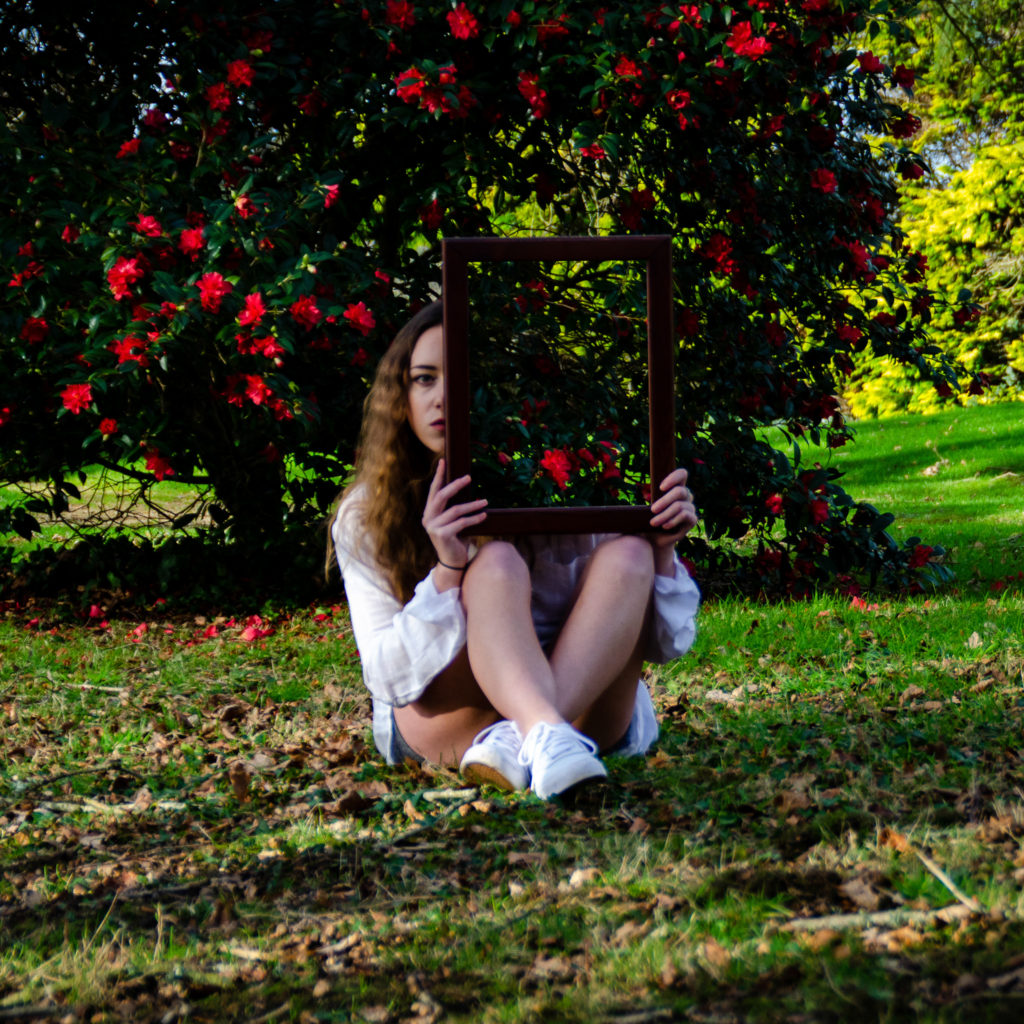
1 
2 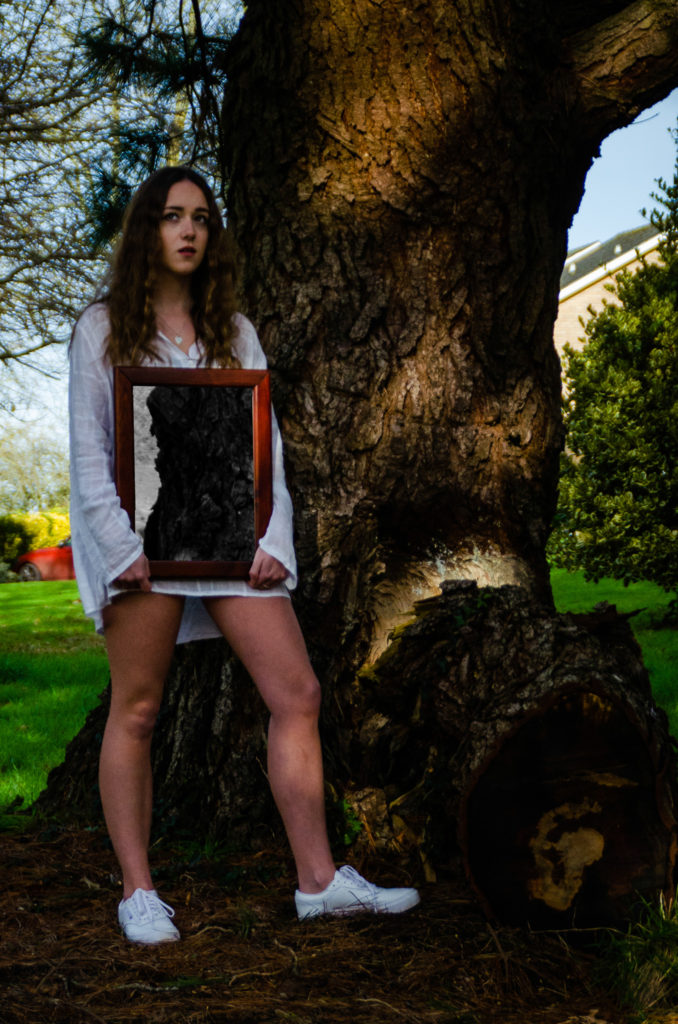
3
These final images are direct responses to a series of images by Laura Williams where the effect is that the mirror being held makes that subject seem invisible, creating a sense of a lack of identity.
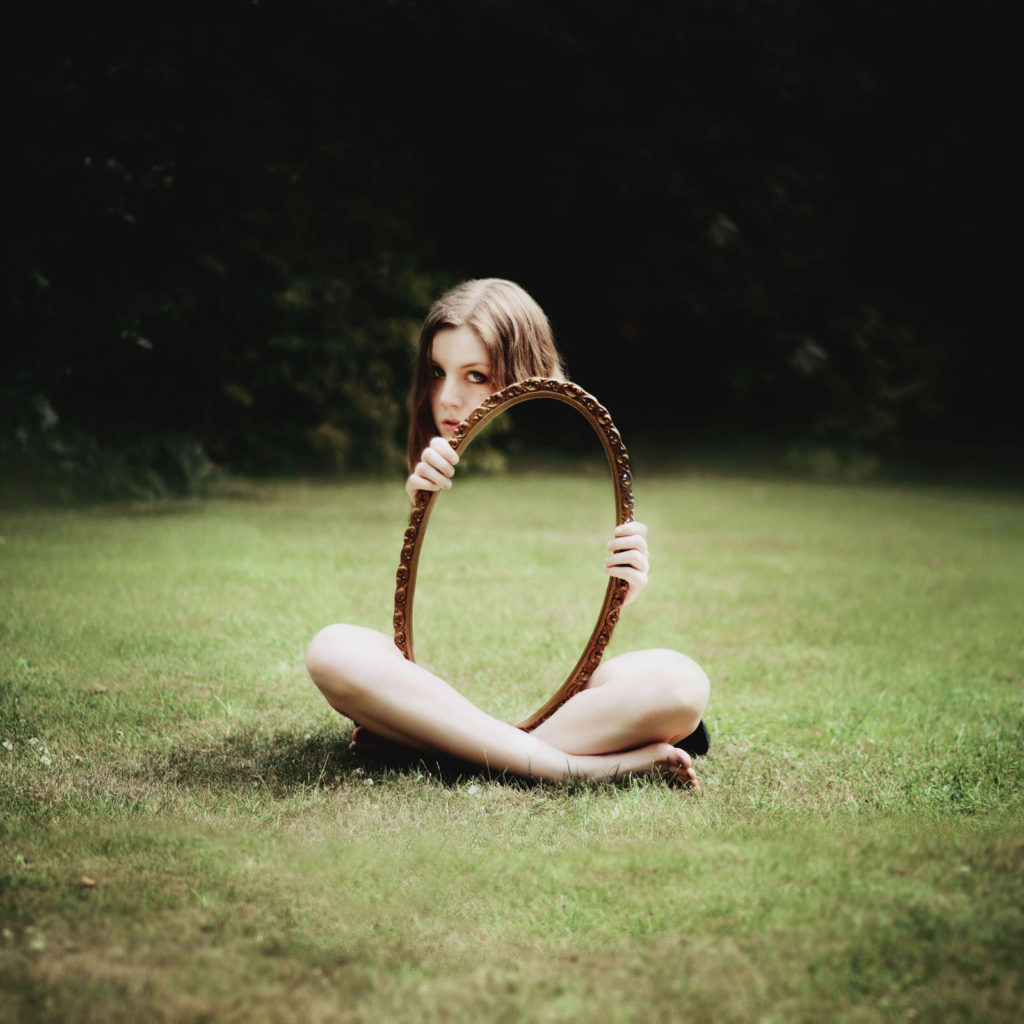
In final image 1, the female subject is in a similar position to the subject in Laura Williams’ image, where the subject has a serious expression and is looking directly into the camera. The colours are also vibrant in both of the images and the mirror covers up part of the subject.
In final image 2, the concepts and contents of the image is the same, but it is in black and white, enhancing the contract in tones between the highlights and the shadows.
Final image 3 is a mix of the two, where the main image is in colour, but the ‘reflection’ in the mirror is in black and white, indicating that maybe the subject may not know her identity because the ‘reflection’ has a lack of colour, indicating a lack of identity.

4 
5
These final images link to an image by Laura Williams where the image that has been taken, is repeated within the mirror being held by the subject, which gives a sense of confusion as this seems impossible, which links to not knowing your identity or confused about identity.
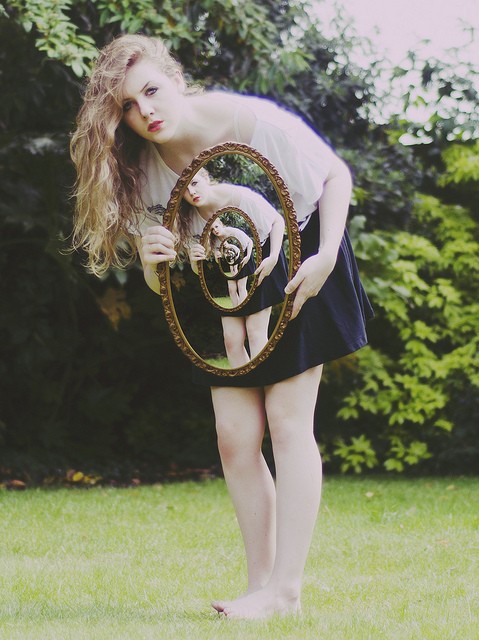
Both final image 4 and 5 are in this style by Laura Williams, the female subject is looking directly at the camera with the mirror covering her torso. The subject is also wearing a white, loose and wavy style top which, along with the edited mirror, adds a surreal feeling to the image.
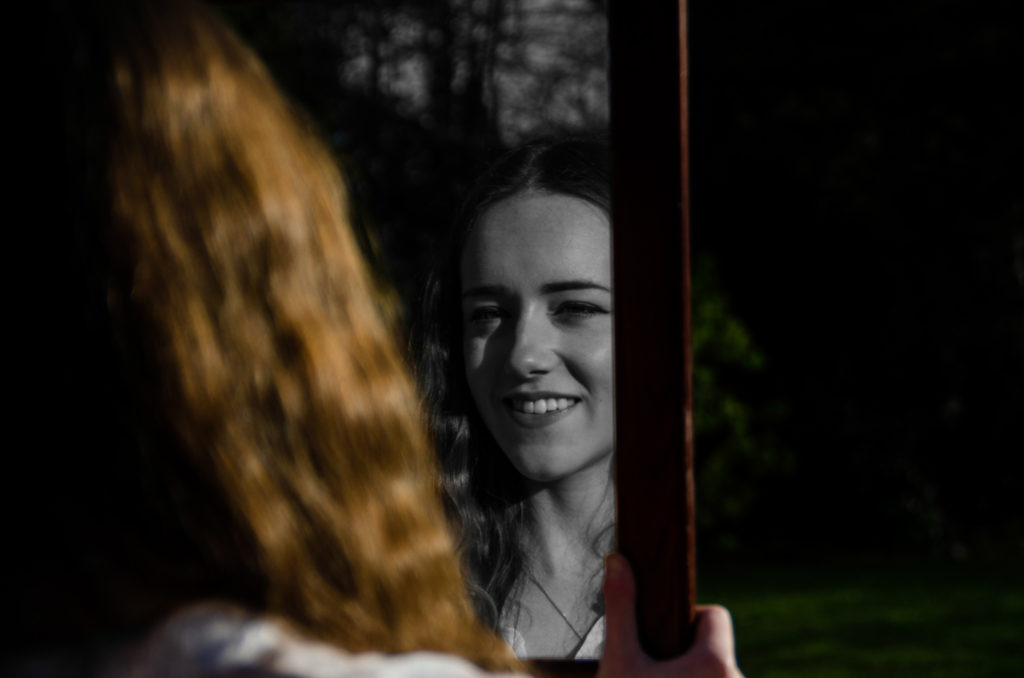
6 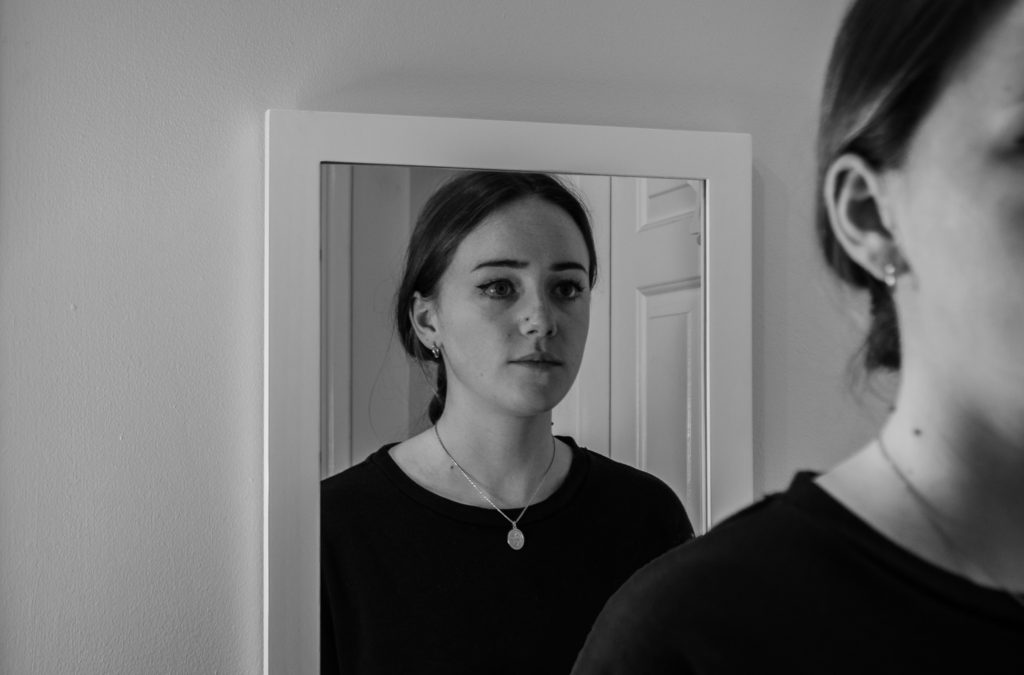
7 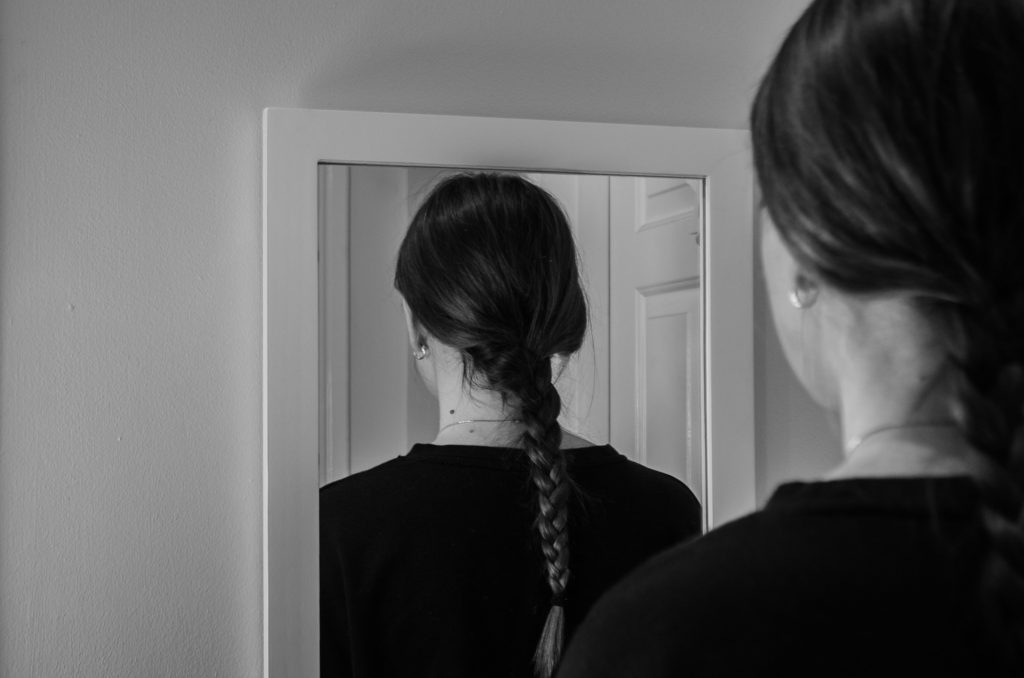
8
These images are influenced by Laura Williams mirror portraits, but also Bobby Becker’s surrealism images.

Bobby Becker creates a surreal effect by creating an impossible image with mirrors. The reflections in the mirrors are different from what they should be, creating an eerie, surreal effect.
Final image 6 symbolises a lack of reality as what is inside the mirror lacks colour, but what is outside of the mirror doesn’t.
Final image 7 and 8 link to Bobby Becker’s surrealism mirror images because of the un-real reflections in the mirror, creating a surreal, eerie feeling.
Surrealism
‘Photography’s connection with surrealism lies in its ability to represent the material world in strange and abstract ways. Surrealist photographer Man Ray used double exposure, solarisation and reversed tonality to disturb the viewer’s recognition of things and to suggest the overlapping of dream and reality.’
Bobby Becker creates eerie surreal photography, sometimes using mirrors to do so.
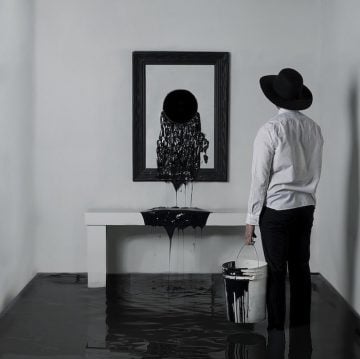

Bobby Becker’s images link to identity because what you are seeing in the image is not true to real life. Linking to how people may have an altered perception to their identity.
Bobby Becker, Laura Williams and Claude Cahun – Identity
Bobby Becker, laura Williams and Claud Cahun all explore identity in some way, but some more than others.
Claude Cahun explores ideas of identity the deepest out of the three photographers. She expecially explored gender identity and how smeone saw their own identity.


Laura Williams, similarly to Claude Cahun, explores how people see their own identity and lack of or multiple identities. This links to the Claude Cahun image above, which symbolises the subject having multiple identities and how they view their own identity.
Laura Williams explored lack of identity and identity as a whole through the use of mirrors. and reflections.
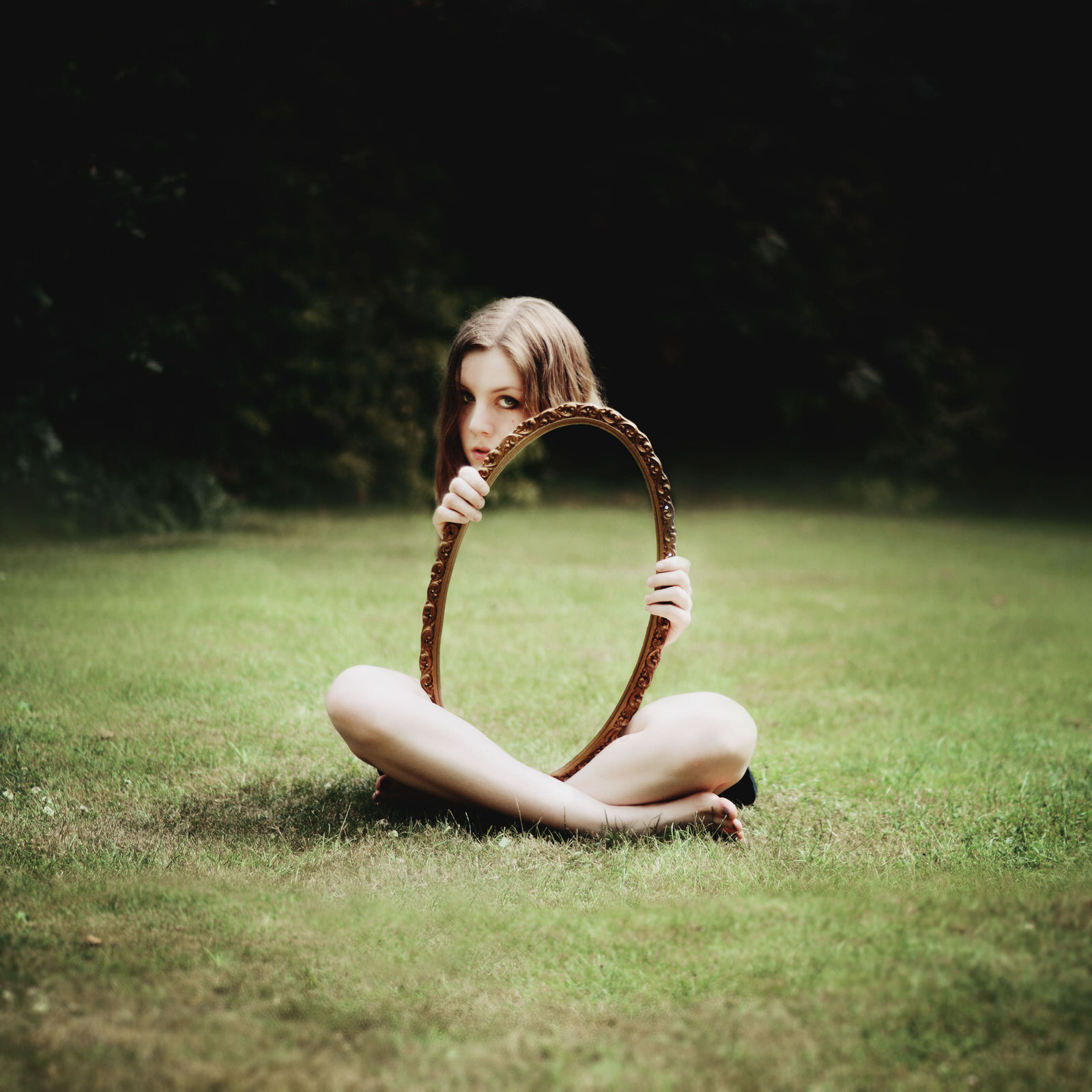
Some of Laura Williams photographs are impossible looking images, such as making the subject appear invisible and epeating images within the mirrors. These give a sense of surrealism.
This links to Bobby Becker, who is a surrealist photographer. And also links to Claude Cahun and identity because of the eerie confusing images. This shows the subject being confused about their identity. Bobby Becker also has a few images with mirrors creating a reflection that doesn’t make sense within the image, such as the subject facing the wrong way in the mirror, eerily plain rooms and other images that dont make sense and make the viewer feel somewhat uneasy.

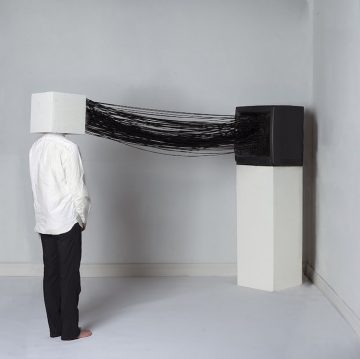
Links to Gender
Lots of Claude Cahun’s images link to gender identity. In her images she tackles the problem with gender norms and stereotypes by going against the way people would expect a woman in her time to dress/act.

The image above shows an image of Claude Cahun in a shirt. This would stereotypically for the 1900’s be mens clothing. Claude Cahun taking images going against these stereotypes was important to let people know that they can be free to wear and act how they want no matter their gender.
There are lots of other images by Claude Cahun that address gender norms/stereotypes such as the ones below.

This idea of gender identity is reflected in Laura Wiliams work and my final images because all of the subjects are female, only showing the identity and thoughts of a female subject.

